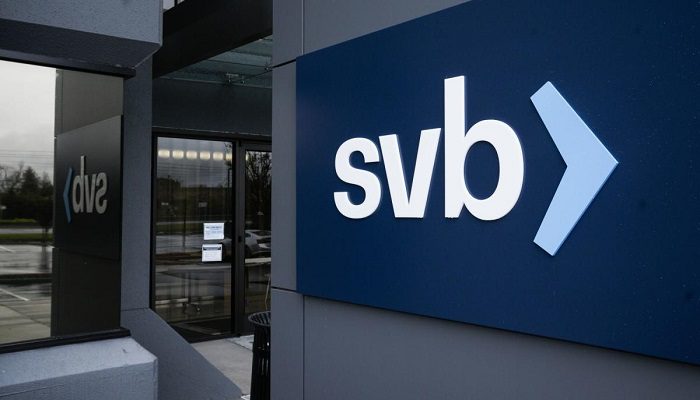Silicon Valley Bank’s former parent business must now wait to see if it can reclaim the almost $2 billion in cash that regulators seized earlier this month.
During the firm’s first bankruptcy court proceeding on March 21, lawyers for SVB Financial Group argued that the Federal Deposit Insurance Corp. had unfairly barred the company’s access to cash needed to repay creditors.
According to The Wall Street Journal, James Bromley, a lawyer for SVB Financial Group, stated at the court in New York that not only has the bank been taken, but all of the cash has also gone.
SVB Financial received preliminary court approval on March 21 to spend only a portion of the money it alleges regulators owe it. Attorneys for bondholders who are owed more than $3.3 billion are anxious that the FDIC will try to withhold the money, according to Bloomberg.
Post the FDIC seized Silicon Valley Bank on March 10, regulatory agencies went on to direct all deposits to the newly formed Silicon Valley Bridge Bank. Depositors of the SVB were authorised to transfer funds from the old bank to the new bridge bank.
That said, on March 16, the night before SVB Financial filed for bankruptcy, regulators directed SVB Financial’s money back into an account under FDIC management, according to The Wall Street Journal.
As per Kurt Gwynne, an FDIC lawyer, there was nothing illegal about freezing accounts and attempting to protect deposits.
A lawyer for bondholder Appaloosa LP, Tom Lauria, told U.S. Bankruptcy Judge Martin Glenn that the FDIC holding the $2 billion puts the bankruptcy case in peril.
According to Bloomberg, Lauria stated that it appears to be a more pressing concern than a latent issue in this case.
According to FDIC receivership guidelines, the agency can take months to determine whether or not to give back the money and years if the decision is appealed, said Bloomberg, prompting Glenn to remark sarcastically that the process could be concluded sometime in the next century.
FDIC requirements may restrict what SVB Financial may do with the funds it obtains during reorganization if it picks out to sell off viable elements of the business.






















